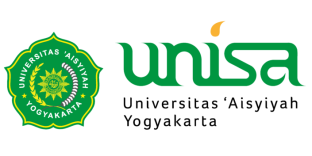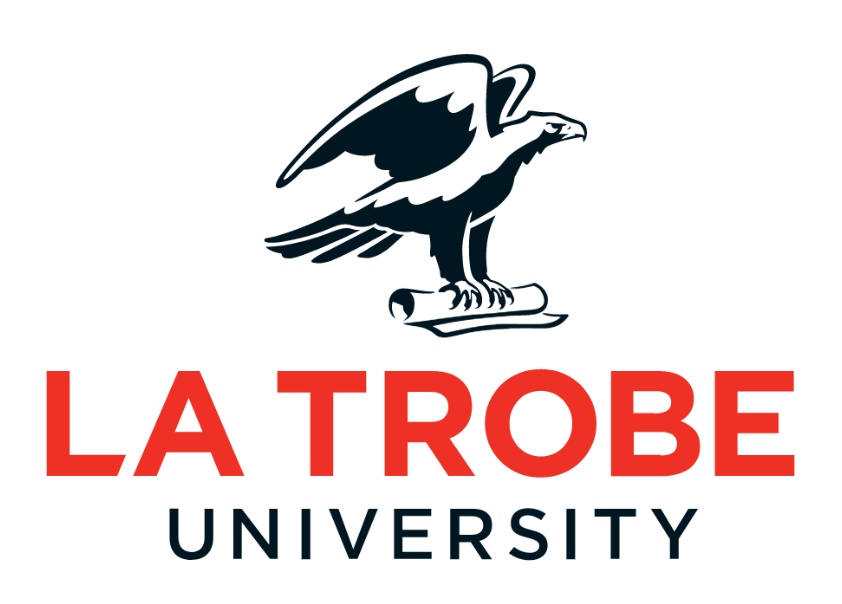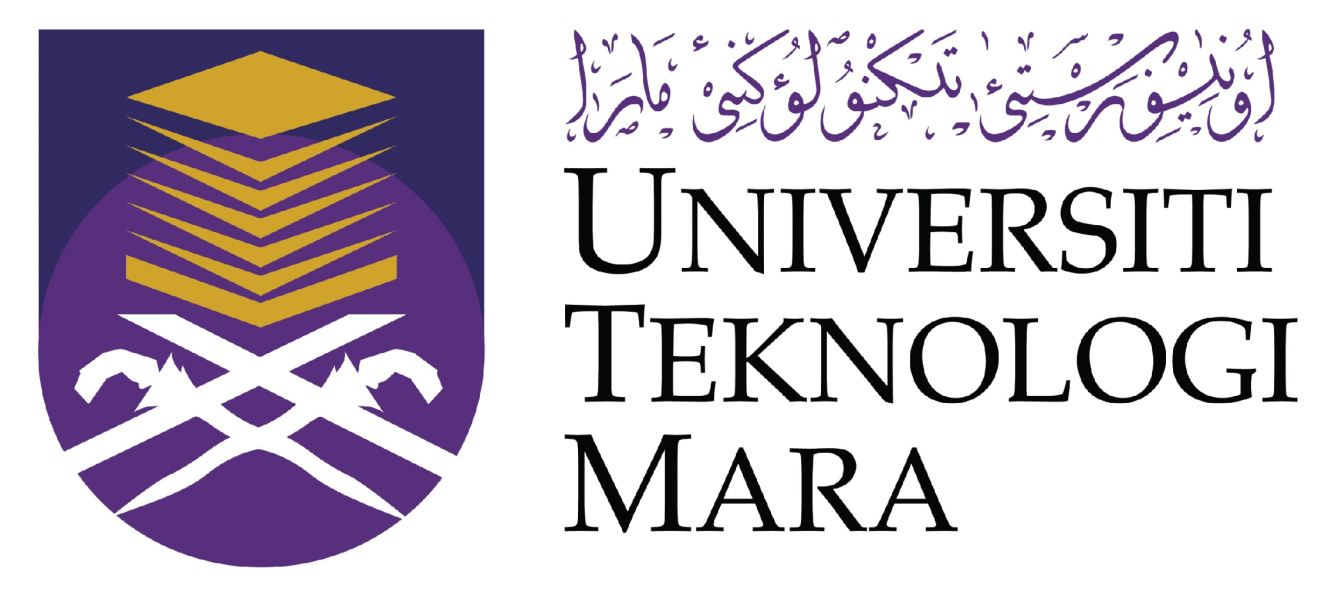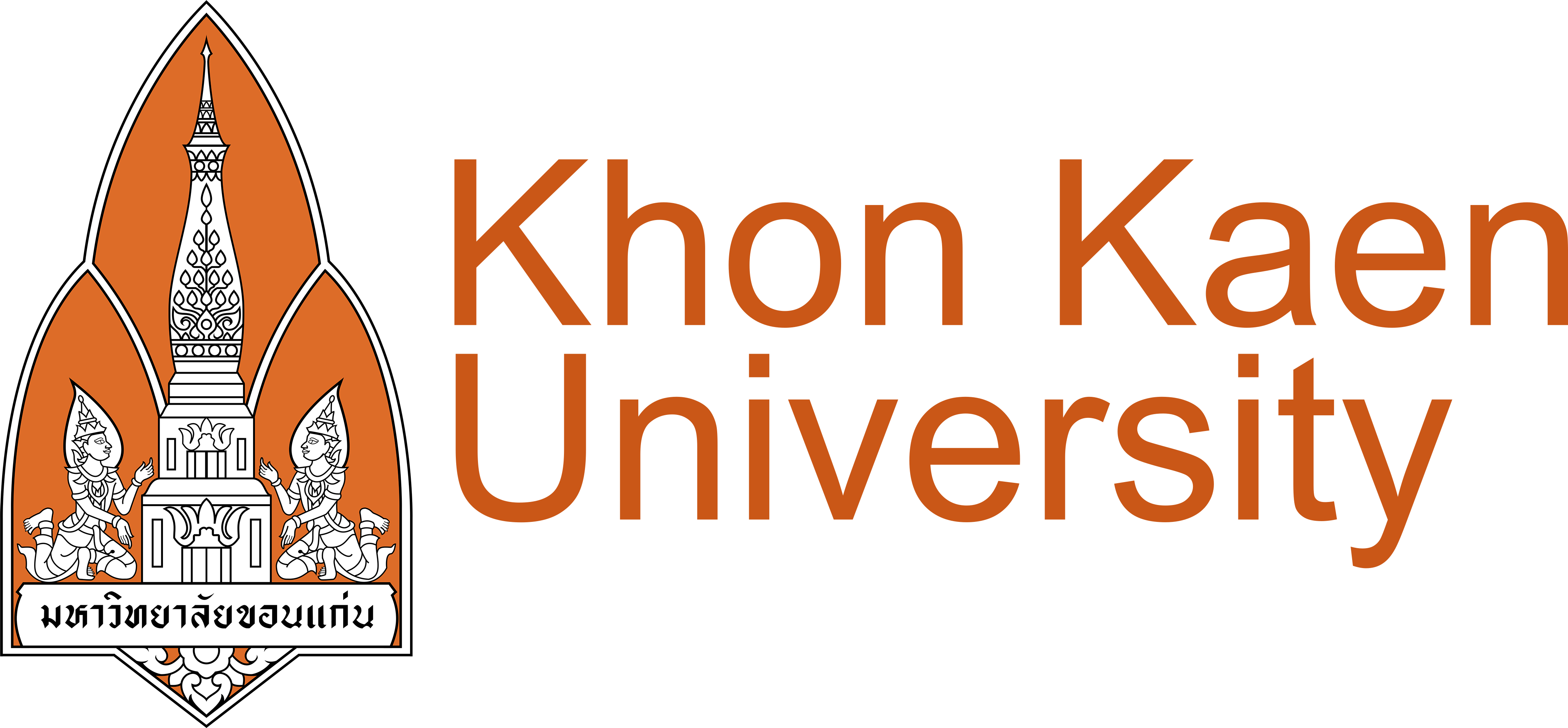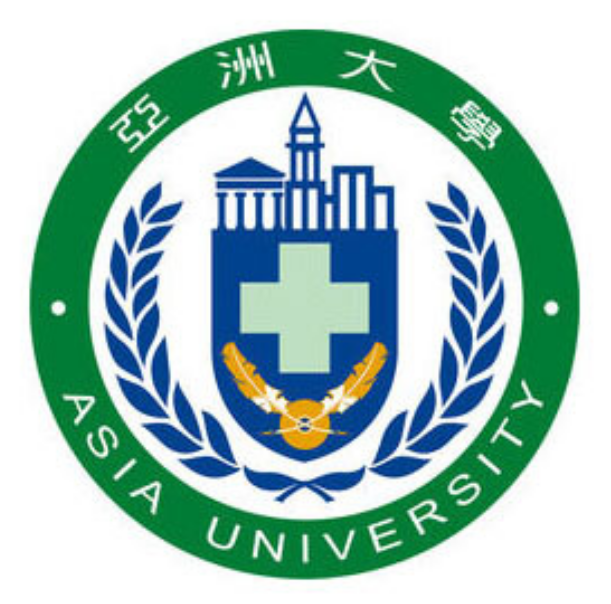Leptospirosis Outbreak: Unisa Yogyakarta Faculty of Medicine Lecturer Provides Tips on Prevention and Treatment
Leptospirosis cases in the Special Region of Yogyakarta (DIY) have been a concern recently. Dr. Henny Cloridina, M.H., a lecturer at the Faculty of Medicine, Universitas ‘Aisyiyah (Unisa) Yogyakarta, provided advice on what the community can do to prevent Leptospirosis and how to treat it if infected.
According to data from the DIY Health Department, there have been 282 cases of Leptospirosis recorded up to July 2025. These cases are spread across several regencies/cities in DIY. Bantul Regency recorded 165 cases, followed by Sleman Regency with 53 cases, Kulonprogo Regency with 32 cases, Yogyakarta City with 21 cases, and Gunungkidul Regency with 11 cases.
Dina explained that Leptospirosis, or rat urine disease, is a contagious infectious disease caused by the Leptospira sp. bacterium, which is a Gram-negative bacterium of the Spirochaeta group. This disease is transmitted through intermediate animals (reservoirs) such as rats, dogs, pigs, cows, and goats. “Rats are the primary reservoir for this disease, and the Leptospira sp. bacteria are stored in the renal tubules of rats and excreted through urine,” explained Dina on Wednesday (August 6, 2025).
At least four factors influence Leptospirosis. First, environmental factors (rainfall, poor sanitation, rat population density). Second, individual factors (presence of wounds, immune system strength, high-risk occupations). Third, socio-economic factors (slum settlements, lack of knowledge). Fourth, behavioral factors (failure to use personal protective equipment, poor hygiene practices).
Dina revealed that the symptoms of leptospirosis vary and are similar to other infectious diseases such as dengue fever, malaria, and acute fever. A characteristic feature of Leptospirosis is that it is biphasic, meaning that there is a period when symptoms appear and are felt by the patient, but then the patient appears healthy with no symptoms. If an infection occurs, symptoms that can be felt include chills, coughing, diarrhea, sudden headaches, high fever, muscle pain, especially in the calves, and loss of appetite.
“Severe muscle pain in the calves is often a clear sign of infection with Leptospira sp. Jaundice or yellowing of the body’s mucous membranes (skin, eyes) is a condition that indicates severe leptospirosis (known as Weil’s disease),” explained Dina.
Prevention and Management
Dina shared advice with the public on preventing Leptospirosis. First, maintain environmental cleanliness by regularly cleaning up trash, avoiding piles of discarded items, and ensuring drainage systems are not blocked to prevent waterlogging. Second, maintain personal hygiene by washing hands with soap, wearing necessary protective gear, and avoiding playing in standing water.
“Third, control the rat population by covering food on the table and setting rat traps. Fourth, recognize the symptoms of leptospirosis so that you can be alert and take appropriate action if the symptoms become urgent,” said Dina.
Dina said that if you have leptospirosis, you should immediately see a doctor if you have taken fever medication but your fever has not gone down or you have been sick for a maximum of 3 days. Second, drink plenty of water to prevent dehydration due to fever, and get adequate rest.
“Take medication as prescribed by your doctor. Get laboratory tests as recommended by your doctor. Recognize the warning signs of Leptospirosis, such as yellowing of the skin and mucous membranes, reduced urine output (less than 5 times per day), and severe muscle pain in the calves or back,” explained Dina.
Dina mentioned that the Faculty of Medicine at Unisa Yogyakarta is also attempting to play a role in addressing Leptospirosis. “If necessary, conduct awareness campaigns regarding Leptospirosis. Provide healthcare personnel support for required community service examinations,” said Dina.
